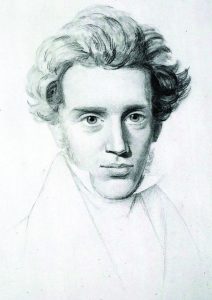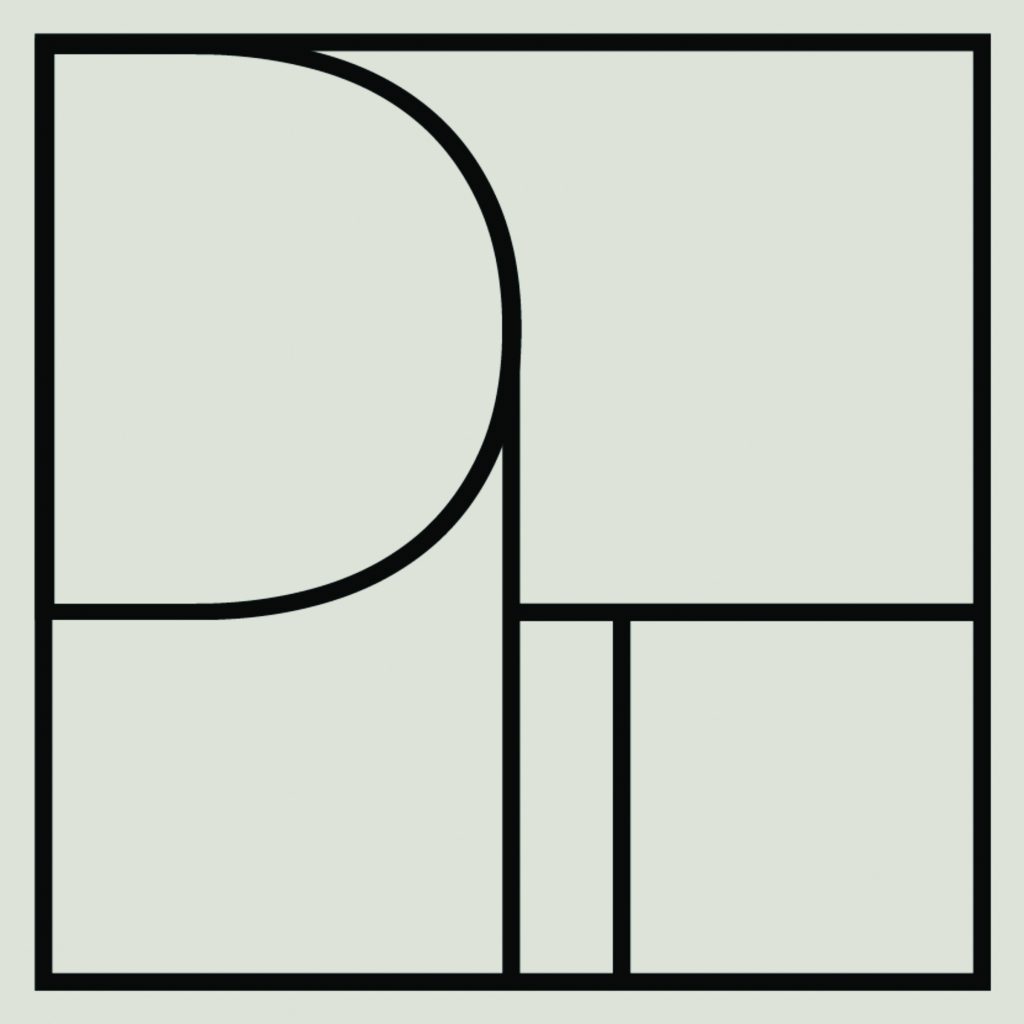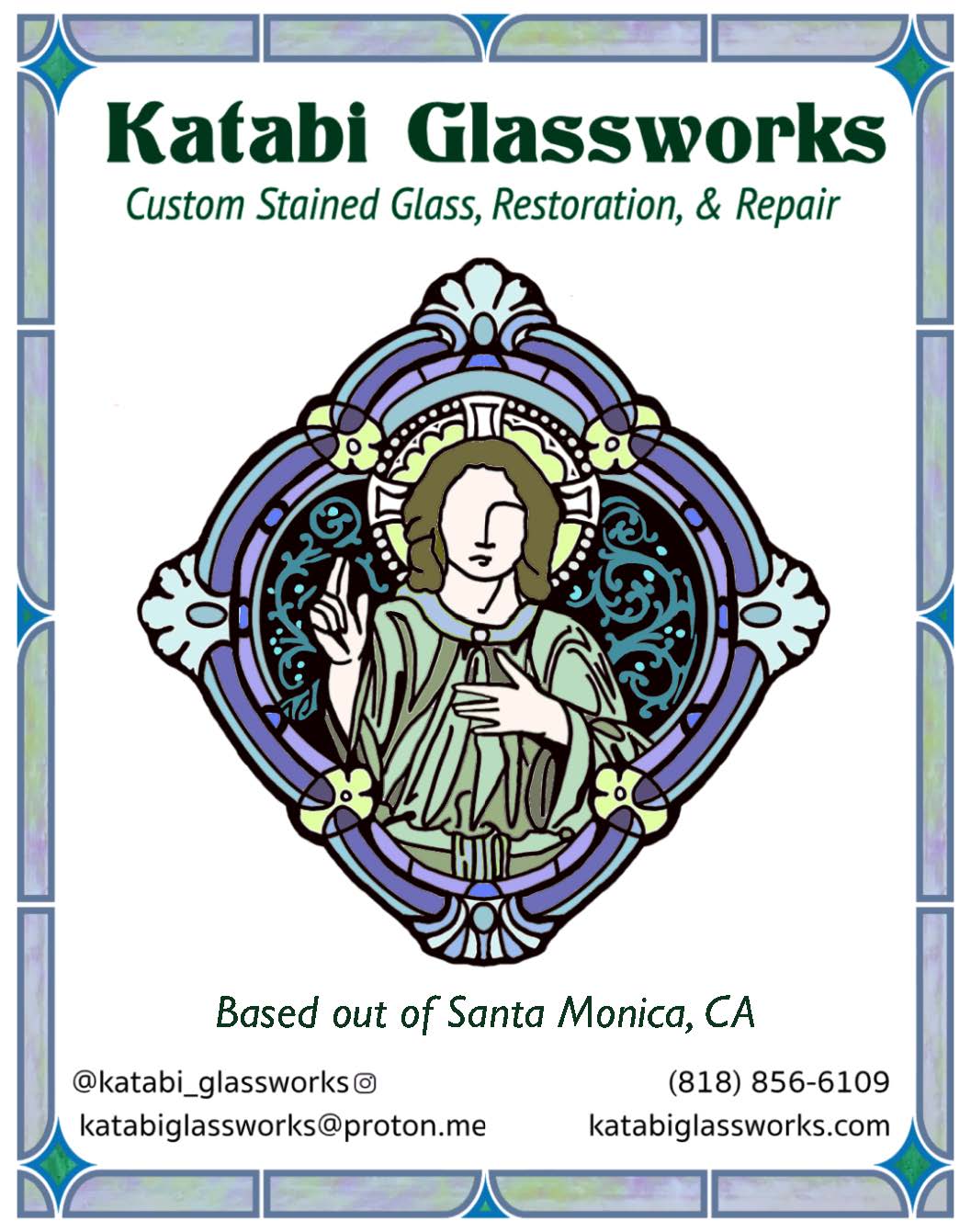Desire lines, or desire paths, are the names given by urban planners to what happens when one person’s impulsive shortcut encourages others to follow, creating informal, unmapped channels through a city.
Desire lines have been called “free-will ways,” “cow paths,” “pirate paths,” “social trails,” “kemonomichi” (“beast trails”), “chemins de l’âne” (“donkey paths”), “Olifantenpad” (“elephant trails”),” “Paths that have Made Themselves,” “a record of civil disobedience,” and “beautiful, poetic marks of democracy.” They “indicate [the] yearning of those wishing to walk … of giving feedback with our feet.”
Artists make desire lines from their hearts to their easels, stages, and desks. Christ’s walk to Calvary is the über desire line: both a “shortcut” and the road from — and to — infinity.
Our culture, by contrast, encourages us to stay within safe, strictly prescribed lines that have a predictable beginning and a predictable end.
How many of us experience “travel,” for example, by taking an Uber from the airport to an air-conditioned hotel, boarding an American-run tour bus, following a prescribed itinerary from which we depart in not the slightest particular, then taking an Uber back to the airport?
What about a throw-caution-to-the-winds walk? Have we no curiosity? Do our hearts not long to venture out into the streets and see how people live in this strange city we’re visiting? Have we so little imagination that we no longer yearn to see the sky, a river, a dicey neighborhood, a hidden garden, a mom-and-pop bakery, an argument?

Of course, failing to venture outside of a carefully defined bubble of comfort and security is hardly peculiar to Catholics. But Catholics, of all people, should be pulsatingly aware of the mystery and the glory of the Incarnation, of our endlessly fascinating brothers and sisters, and of the world outside our doors. Catholics, of all people, should be adventurers, pilgrims, and wanderers.
The Danish philosopher and theologian Søren Kierkegaard defined a saint as the person who “wills the one thing.”
What if sin, then — “missing the mark” — consists not just in lying, cheating, stealing, adultery, but in closing our ears to the call of our hearts? In refusing to forego even the slightest amount of comfort and “security?” In allowing ourselves to remain in bondage to family systems, peer pressure, cultural conditioning, and our narcotic society?
What if the worst sin consists in missing the mark of our lives: what we were meant to be, what we long to be, what we were made for?
Don’t worry that there won’t be enough money: If we do the footwork, God will provide. “Store up your treasure in heaven,” Christ says, “for where your treasure is, there also will your heart be.”
“You ask whether your verses are any good,” the Bohemian-Austrian poet and novelist Rainer Maria Rilke counsels in “Letters to a Young Poet.”
“You ask me. You have asked others before this. You send them to magazines. You compare them with other poems. … I beg you to stop doing that sort of thing. You are looking outside, and that is what you should most avoid right now. No one can advise or help you — no one. There is only one thing you should do. Go into yourself. … This most of all: ask yourself in the most silent hour of your night: must I write?... And if this answer rings out in assent, if you meet this solemn question with a strong, simple ‘I must,’ then build your life in accordance with this necessity; your whole life, even into its humblest and most indifferent hour, must become a sign and witness to this impulse.”

Is not this call to look inside ourselves, in Catholic terms, an invitation to pray?
Must not the priest, the nun, the saint, the martyr, ask themselves a variation of this same question?
Did not Christ, in the Garden of Gethsemane, ask, “Father, if you are willing, take this cup away from me; still, not my will but yours be done.” (Luke 22:42).
Artist-creatives whose focus is monastic — single-minded and single-hearted — are compelling examples of willing the one thing.
To that end, I’m offering a half-day Zoom workshop on Saturday, Dec. 5, that will explore the concept of desire lines. (You can find it under the Workshops tab of my website, heather-king.com).
We’ll contemplate the fact that “discipline” and “disciple” have the same etymological roots. We’ll explore the rigors of “the habit of being” exemplified by Catholic novelist and short story writer Flannery O’Connor.
We’ll meet artist/creatives who “willed the one thing”: people like Death Valley Junction ballerina Marta Becket, Hawaiian folk-hero surfer Eddie Aikau, and British artist Stephen Taylor, who devoted three years of his life to painting a single oak tree.
We’ll aim to start discovering how Christ explodes into our lives and hearts — if we let him.
What if, together, we could begin to make new desire lines — for ourselves, for the world?

